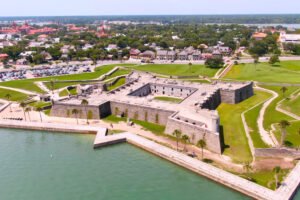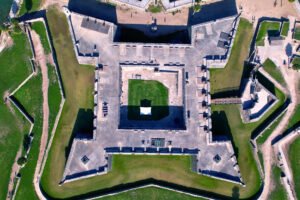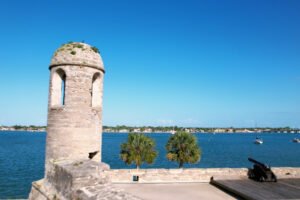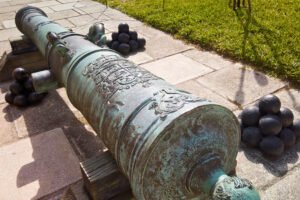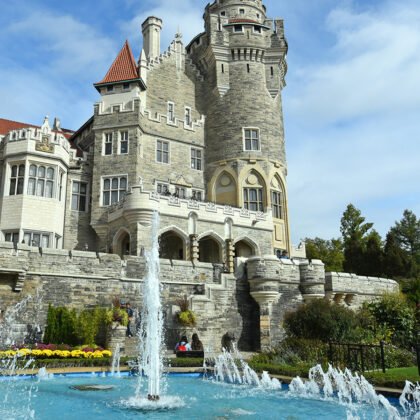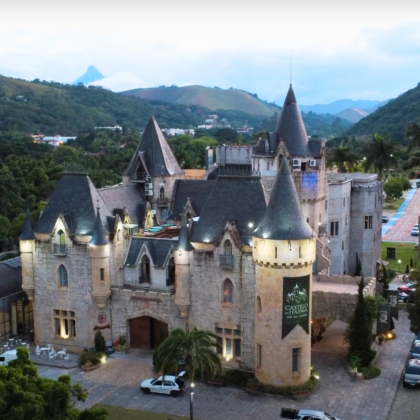There’s a kind of quiet power to Castillo de San Marcos that you notice the moment you walk along its old stone walls. Palm trees sway nearby and the Matanzas River sparkles in the Florida sun, but inside the fort it feels like time slows down. Each cannon and corridor hints at centuries of stories—Spanish soldiers, pirates, and sieges all leaving their mark.
Quick Facts
📍 Location: St. Augustine, Florida, USA
🏗️ Construction Period: 1672 – 1695
🏰 Architectural Style: Star fort design, Spanish colonial military architecture
🎭 Famous For: Being the oldest masonry fort in the continental U.S., never falling in battle
👑 Notable Figures: Spanish, British, U.S. troops, Confederate forces, Seminole prisoners
🏆 UNESCO Status: Not a UNESCO World Heritage Site, but part of a proposed historic district, St. Augustine
🌐 Official Website: https://www.nps.gov/casa/index.htm
Map
Historical Context
Long before tourists strolled St. Augustine’s waterfront, Castillo de San Marcos kept watch over a very different world. The Spanish built this fort in the late 1600s, hoping its thick coquina walls would protect their settlement from pirates and enemy fleets. Over three centuries, it changed hands more than once—flying the flags of Spain, Britain, the Confederacy, and the United States. Inside, you’ll find tales of sieges, daring escapes, and lives shaped by the push and pull of empire. The fort once held prisoners, including Native American leaders and even ordinary citizens caught up in turbulent times. Walk the ramparts, and you’ll hear the echo of distant cannons and catch glimpses of a past when St. Augustine was a prize fiercely contested by the world’s great powers. Today, Castillo de San Marcos stands as a living reminder of that long, layered story.
Gallery
Visiting Information
🗓️ Best Time to Visit: March through May and October through early December
🗺️ Location Perks: Easy access to St. Augustine’s charming shops, cafes, and colonial sites just steps away.
⏳ Estimated Visit Duration: Plan to spend 1–2 hours exploring Castillo de San Marcos and walking along the waterfront battlements.
💡 Visiting tips: Check the schedule for live demonstrations—you might catch a cannon firing or a historical talk.

